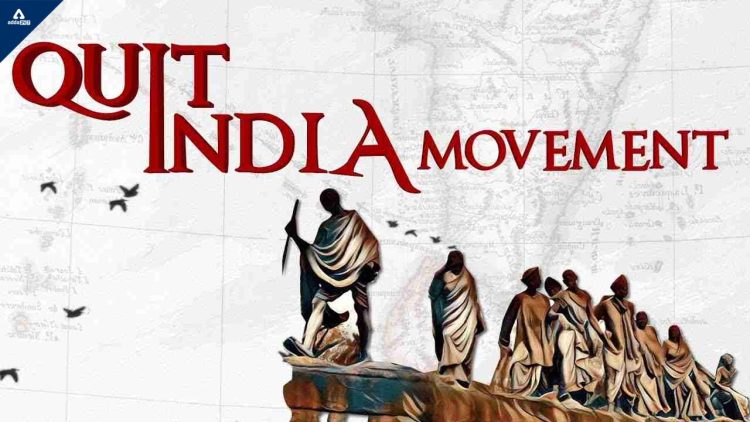Quit India Movement: Introduction
The Quit India Movement was a historic event in India’s struggle for Independence from British colonial rule. The year 2023 marks the 81st anniversary of this momentous movement that changed the course of India’s history. As we commemorate this significant milestone, it is essential to reflect the ideals and sacrifices of the past, drawing inspiration for the present and the future.
Launch and leadership
The Quit India Movement, also known as the August Movement, was initiated by the Indian National Congress on 8th August, 1942, led by Mahatma Gandhi, who called for “Do or Die” in the struggle for India’s independence.
Objective of Quit India Movement
The primary objective of the Quit India Movement was to achieve immediate and complete independence from British colonial rule. It demanded to end the control of British over India and establish a sovereign and self-governing nation.
Civil Disobedience and Non-violence
The Quit India Movement adapted the principles of civil disobedience and non-violence, inspired by Mahatma Gandhi’s philosophy of Satyagraha. The hallmarks of this movement were peaceful protests, non-cooperation and non-violent resistance.
Mass Participation in Quit India Movement
The Quit India Movement witnessed the participation from people of all ages, genders and backgrounds. This movement got the support from students, farmers, laborers and women which unite the diverse population of India under a common goal.
Regression and Arrests
The British colonial authorities responded to the movement with brutal repression. Many leaders of the Indian National Congress, including Mahatma Gandhi, were arrested, and the British administration resorted to violence to suppress the protests.
Acts of Resistance
Indians organized strikes, boycotted British goods and launched acts of civil disobedience across the country. Public servants resigned from their posts and students boycotted educational institutional run by the British government.
Unity and National Pride
The Quit India Movement fostered a sense of unity and national pride among Indians, who were determined to stand together in their fight for independence.
Significance of Quit India Movement
The Quit India Movement had a significant impact on India’s struggle for independence. It represented the power of non-violent resistance and united people from all backgrounds stood together for independence. Despite harsh repression, the movement fuelled the demand for self-rule and forced the British government to negotiate with Indian leaders.
Legacy of Quit India Movement
The Quit India Movement left a lasting legacy which showed how non-violent protests and unity can lead to big changes. This movement played a crucial role in achieving independence on 15th August, 1947.




 Weekly Current Affairs One Liners 08th t...
Weekly Current Affairs One Liners 08th t...
 Which Indian City is Known as the Footwe...
Which Indian City is Known as the Footwe...
 Which Desert is known as the Cold Desert...
Which Desert is known as the Cold Desert...







